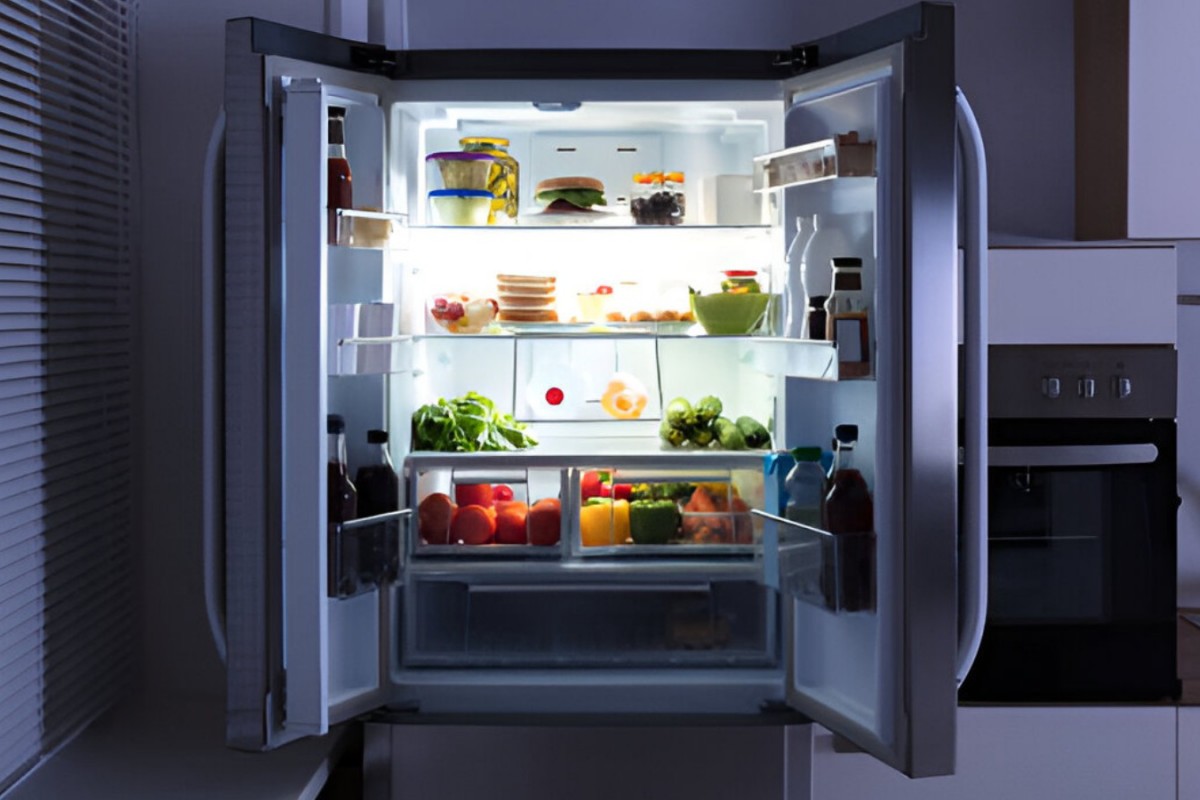1. Check the Power Cord and Plug
One of the simplest yet often overlooked issues that can cause your refrigerator temperature to be uncontrollable is a loose or damaged power cord and plug. A loose plug can prevent your refrigerator from working correctly, leading to insufficient cooling. Additionally, inspect the power cord for any signs of wear and tear. If you notice any fraying or cracking, replace the power cord immediately.
2. Inspect the Thermostat
The thermostat is a critical component in regulating your refrigerator's temperature. If the thermostat is malfunctioning, it can result in temperature control issues. To check, open your refrigerator and locate the thermostat, usually found at the top or side. Turn the thermostat to different settings and wait a few minutes to see if the internal temperature changes. If there is no change, the thermostat might be faulty and require replacement.
3. Clean the Condenser Coils
Dirty condenser coils can significantly impact your refrigerator's cooling efficiency. Over time, dust and grime can accumulate on the coils, hindering heat dissipation and causing temperature regulation problems. Unplug your refrigerator, locate the condenser coils (typically at the back), and clean them using a vacuum or a brush. After cleaning, plug the refrigerator back in and monitor the temperature to see if it improves.
4. Examine the Door Seal
A poor door seal can cause warm air to enter the refrigerator, making it hard to maintain the desired temperature. Test the seal by placing a piece of paper between the door and the refrigerator and then closing the door. If you can easily pull the paper out, the seal is likely compromised and needs replacement. A tight door seal is essential for optimal refrigerator performance.
5. Test the Temperature Sensor
The temperature sensor inside your refrigerator measures the internal temperature and sends the data to the control unit, which adjusts the cooling cycle. If the sensor is faulty, it can lead to temperature control issues. To test, remove all food from the refrigerator, unplug it, and locate the temperature sensor. Use a multimeter to check the sensor's resistance value. Compare it to the value specified in the refrigerator's manual. If the readings don't match, the sensor needs to be replaced.
Safety and Professional Assistance
These steps are meant to help you troubleshoot common issues with refrigerator temperature control. However, if these tips don't resolve the problem, it’s advisable to contact a professional repair technician. Always prioritize safety by unplugging your refrigerator before performing any checks or repairs to avoid any accidents or further damage.

